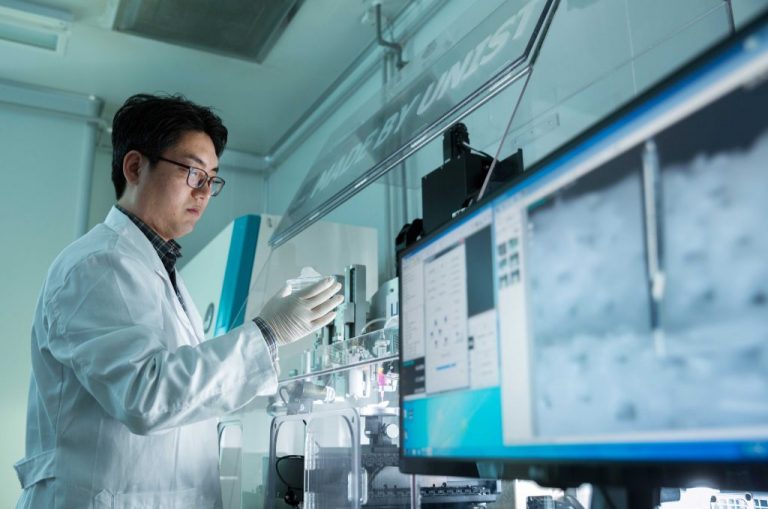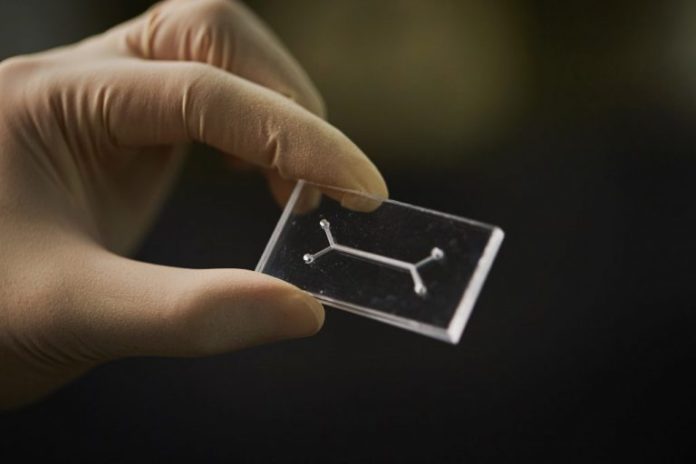UNIST scientists in collaboration with Ulsan are developing human organs-on-chips in order to reduce the time and cost of new drug discovery.
The approach of organs-on-chip is to recreate the natural physiological microenvironment of human cells inside particular tissues and organs. These gadgets can help think about how drugs interface with particular human organs and can possibly anticipate the activity and toxicity of medications superior to anything utilizing creature models. Every organ-on-a-chip would then be able to be connected to others to research systemic drug effects.
Professor Cheol-Min Ghim in the School of Life Sciences at UNIST and Director of the UNIST-WRIRM-UniBasel Organ Mimetic Research Center. “Organs-on-chips show great promise in mimicking human tissues and organs and are a good candidate to overcome the problems of current organs-on-chips, such as time consumption and the ethical dilemma of animal testing.”

The UNIST-WRIRM-UniBasel Organ Mimetic Research Center has announced that it has been selected as the 2018 Global Research and Development Center (GRDC) program by the National Research Foundation of Korea (NRF). Jointly promoted by UNIST, Wake Forest Institute for Regenerative Medicine (WRIFM) and the University of Basel (UniBasel) in Switzerland.
Director Ghim said, “3D bioprinting technology is additionally one of the biomimetic technologies that has gotten much consideration, alongside organs-on-chips. It utilizes an assortment of cells and biomaterials to make complex 3D structures, like that of human tissues and organs.”
“By advancing the existing 3D bioprinting technology that can mimic biological systems of human tissues and organs, we may one day be able to realize the development of organs-on-chips with 3D-printed biomimetic blood vessel networks. If we could use that for new drug screening, there will be a major paradigm shift in new drug discovery.”
